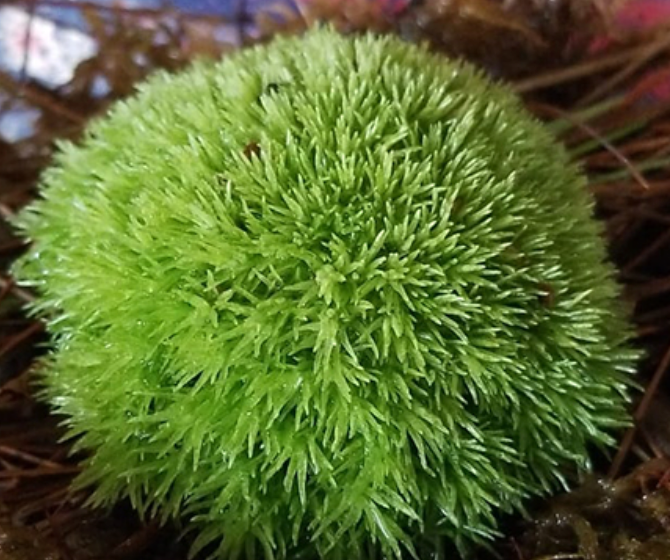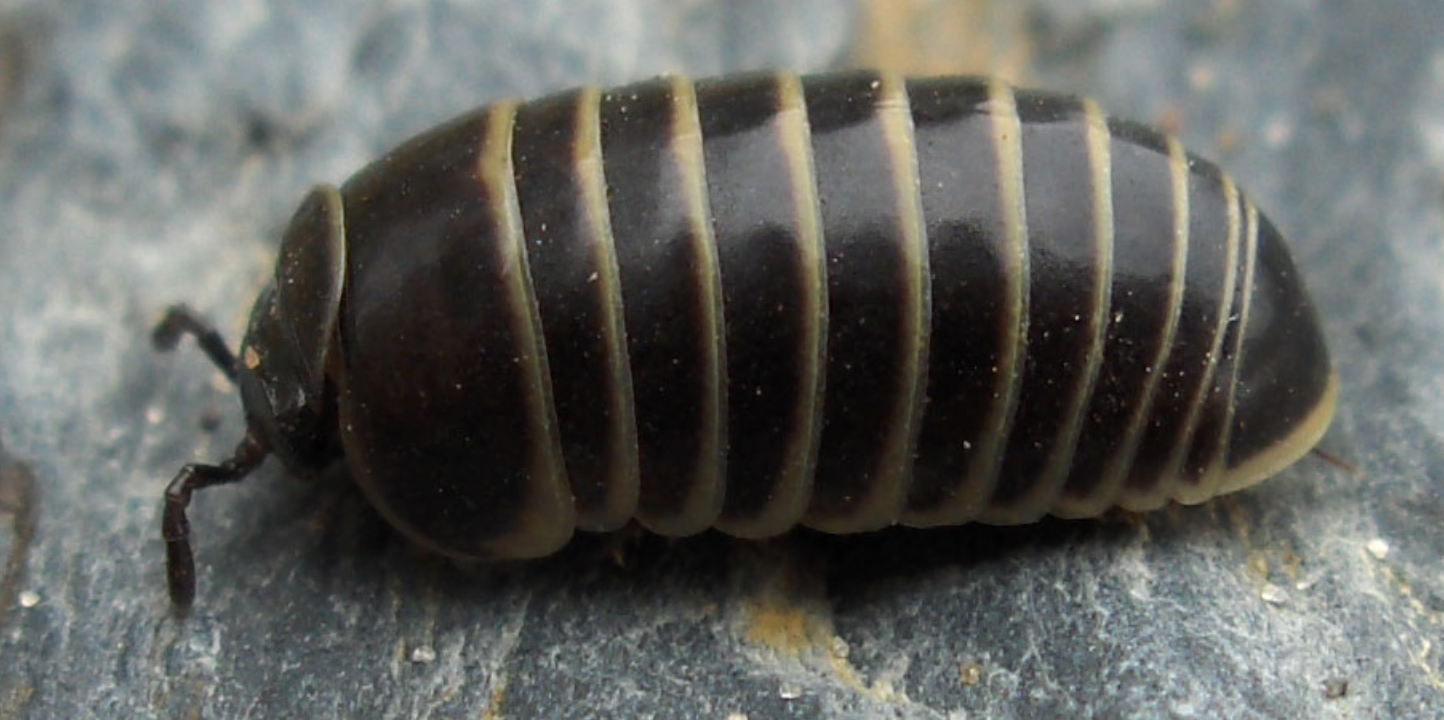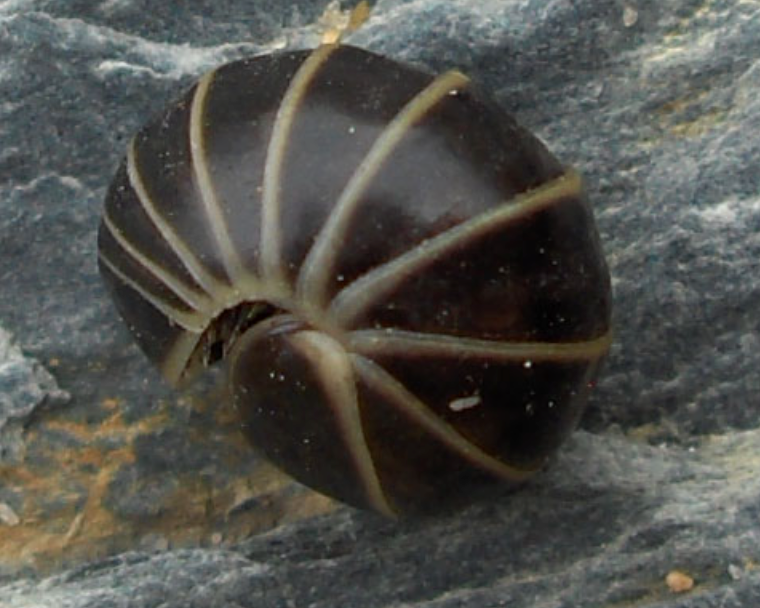The Bryophyta nursery
10 adult Glomeris marginata 'Pill millipedes' Oniscomorpha, terrarium clean up crew
10 adult Glomeris marginata 'Pill millipedes' Oniscomorpha, terrarium clean up crew
Impossible de charger la disponibilité du service de retrait
Delivery information: We ship with DHL for orders of 100euros and more we give free shipping, for small orders we ship with Laposte. We will be sending plant passports with each species, your order will arrive in 2-3 days with DHL.
G. marginata feeds on old, rotting leaves, despite the higher nutrient content of freshly–fallen leaves, and G. marginata can be responsible for recycling a significant proportion of the nutrients in the leaf litter. They will not eat living plants or the roots of your plants.
Pill millipedes are any members of two living (and one extinct) orders of millipedes, often grouped together into a single superorder, Oniscomorpha. The name Oniscomorpha refers to the millipedes' resemblance to certain woodlice (Oniscidea), also called pillbugs or "roly-polies". However, millipedes and woodlice are not closely related (belonging to the subphyla Myriapoda and Crustacea, respectively); rather, this is a case of convergent evolution!
Glomeris marginata is found throughout central and north-western Europe, from Poland and Scandinavia to Spain and Italy. In the British Isles, it is found in all areas south of the Central Belt of Scotland.
Glomeris marginata lives in leaf litter as well as in grass and under stones, with a preference for calcareous soils. In domestic gardens, they are most frequent along hedgerows and at the bases of old walls, where the mortar has started to crumble, leaching lime into the soil. It is less prone to desiccation than other millipedes and can be found in the open, even in sunny weather, although they are more active at night and prefer more humid areas.
Breeding takes place cyclically in spring and summer. Male G. marginata are capable of producing a pheromone which attracts females, although this is only believed to be effective over short distances. They then transfer sperm to the female using their gonopods, specially modified legs. After fertilisation, the females lay 70–80 eggs, each about 1 mm long, and each wrapped singly in a capsule of digested earth. The eggs hatch after a period of about two months, with the duration depending on factors including temperature. Development lasts for up to three years, and involves nine moults, following which moults occur periodically as adults. Females are fertile for several years, and can produce six broods over their lifetime, which can be up to eleven years.
Materials
Materials
Shipping & Returns
Shipping & Returns
Dimensions
Dimensions
Care Instructions
Care Instructions
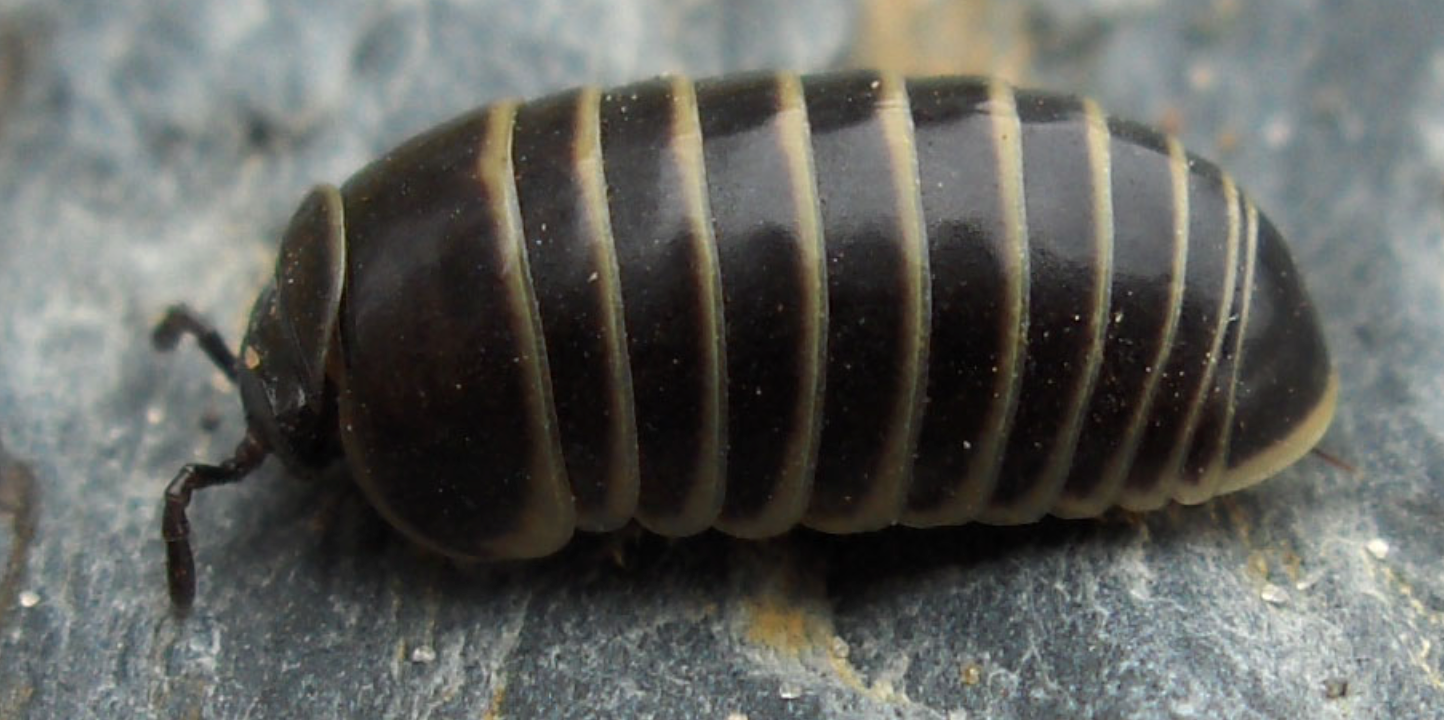
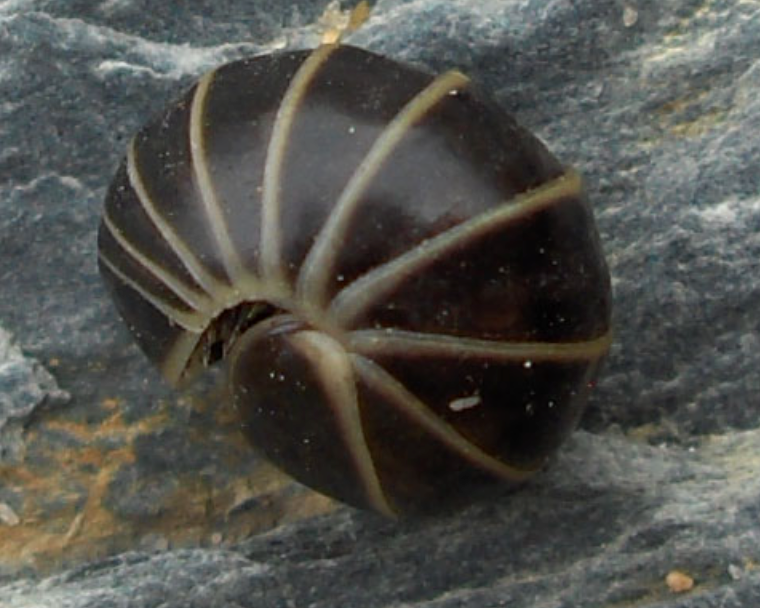
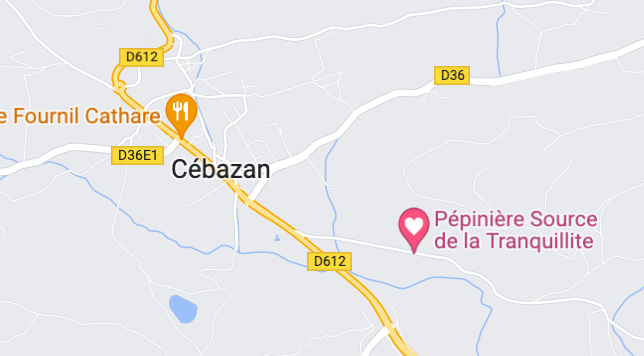
-
Free Shipping
We offer free shipping in France! and internationally for orders of 500 euros or more.
